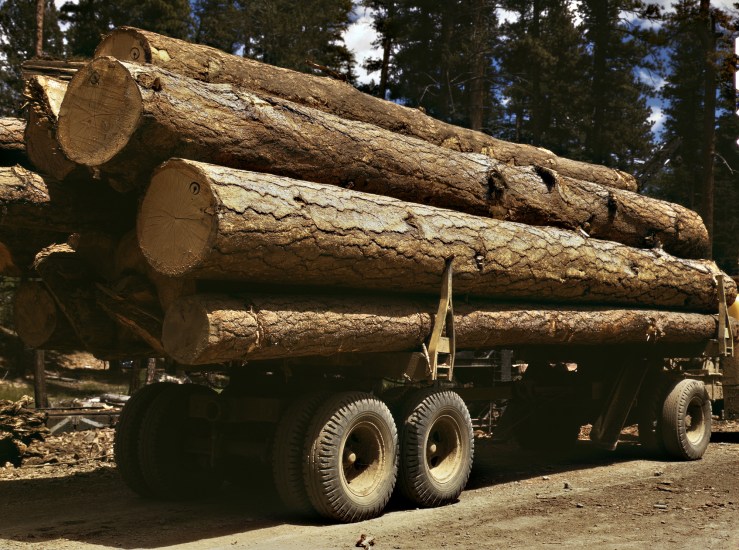
Today, in its article “How Europe’s climate policies led to more U.S. trees being cut down,” the Washington Post highlights the dangers of wood-based bioenergy and the subsidies that drive them–subsidies that have helped make the US “the largest wood pellet exporter in the world” according to a government agency.
One of the major dangers of this rising demand for wood-based bioenergy not named in the article is the drive to develop genetically engineered trees specially designed for bioenergy production–like the GE loblolly pines developed by GE tree company ArborGen that the USDA refuses to regulate.
The article extensively quotes representatives of Enviva, the company devoted to turning wildlife habitat into dollars by cutting native forests for wood pellets. Through their profit-oriented lens, they justify the logging of important biodiverse native forests for wood pellets by insisting that they use only low-quality wood.
“We take wood that was meant to be sold but doesn’t have a home…you can’t use them for saw timber or a telephone pole.”
The demand for wood from the Southern US has driven the development of industrial tree plantations, contributing to a “50% increase in the volume of trees since the 1950s,” according to the National Alliance of Forest Owners. But as any ecologist knows, a tree plantation is not a forest, being heavily contaminated by agrochemicals and having none of the traits of a biodiverse forest.
GE tree plantations will only exacerbate all of these problems, but especially the loss of native forests which will be eliminated to make room for the much more economically valuable GE tree plantations.



